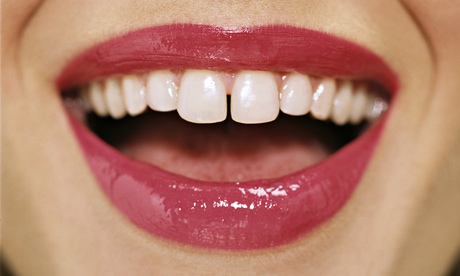
‘The curve that sets everything straight” was how comedian Phyllis Diller once described the smile. And it’s true that there’s something charming, trustworthy and disarming about a smile – but this can be misleading. Dig a little deeper and you will understand a much less wholesome side. Because, ladies and gentleman, the smile is one of the biggest fakes going.
I know what you’re thinking: we all pull a false smile now and again to appease our fellows and avoid unnecessary conflict. On the other hand, a genuine smile of true enjoyment is something different. Psychologists have named such a smile after the French neurologist Guillaume-Benjamin-Amand Duchenne de Boulogne. The Duchenne smile, utilising the muscles around the eyes that lift the cheeks to produce crow’s feet, has long been held as an inimitable sign of true human emotion. Or at least it was until 2013, when a team of researchers from Northeastern University, Boston, broke that hoodoo.
Sarah Gunnery and her colleagues asked one group of volunteers to imitate smiles on photographs, and another group of volunteers to rate them. Some of the photographs depicted mouth-only smiles but others were Duchenne smiles, using mouth and eye muscles together. Surprisingly, a high proportion of individuals – two-thirds – could fake a Duchenne smile – and those that could do this were better able to put on false expressions in their everyday lives. This straightforward study indicates that even the sacrosanct Duchenne smile can be convincingly simulated. So much for smiling being an inimitable sign of true human emotion.
So why are we so good at faking smiles? The answer isn’t necessarily sinister – some research shows you can actually smile yourself into a better mood. Fritz Strack and colleagues from the University of Mannheim, Germany, asked volunteers to hold a pen in the mouth by its tip. Some were asked to hold it with the teeth, having the effect of producing a smile without the person concerned realising it (try it and see). Others held the tip of the pen with the lips producing a pout with no trace of a smile.
Pen in mouth, the volunteers were asked to rate the funniness of some of Gary Larson’s Far Side cartoons. Intriguingly, the cartoons were rated as more funny when the pen was held with the teeth compared with the lips. This shows how smiling can actually improve your mood, contrary to the usual conception of smiling being an outward sign of the mood you are already feeling.
Taking this idea one step further, Tara Kraft and Sarah Pressman from University of Kansas asked volunteers to bite on a pair of chopsticks, either biting one end, with the lips closed to produce no smile; the same but with lips apart to show the teeth in a standard smile; or biting along the length of the chopstick, to produce a Duchenne smile. With chopsticks in place, the volunteers were then made to feel stressed by having them submerge one hand in ice-water for one minute.
The main point of interest was how smiling would affect recovery from stress – and it was shown to be more rapid with Duchenne smiling compared with regular smiling or not smiling at all. So, fake or not, putting on a Duchenne smile may be just the tonic to combat stress.
But though there may be times when it is advantageous for us to smile when we don’t feel particularly cheerful, there is a flipside. Researchers from the universities of Illinois and California wondered whether professional fighters’ smiles during the face-off before a bout might predict who the victor would be. Michael Kraus and Tey-Way Chen obtained face-off photographs of 152 Ultimate Fighting Championships athletes and rated them for smile intensity. Remarkably, winning fighters displayed less intensive smiles in face-offs than losers, and fighters winning by a knock-out displayed the least intensive smiles of all.
In a context where physical dominance is important, smiling can thus be a sign of appeasement and subordinate status. The fighters who smiled were unintentionally leaking information about their own sense of weakness, so passing a psychological advantage to their opponent. The message from this is that taking control of your emotional state and putting on a display of dominance even where that is not felt (in this case avoiding smiling) is a good strategy in competitive environments.
The smile, then, can be a false friend. People smile – or not – for all kinds of reasons beyond simply how happy they are feeling. But, as the saying goes, if you can’t beat them, join them. Next time you’re having your photograph taken don’t say “cheese”, say “cheeks”. Saying “cheeks” will not only shape your mouth nicely but will also remind you to squeeze your cheeks upwards into a visually satisfying, genuine-looking Duchenne smile.

